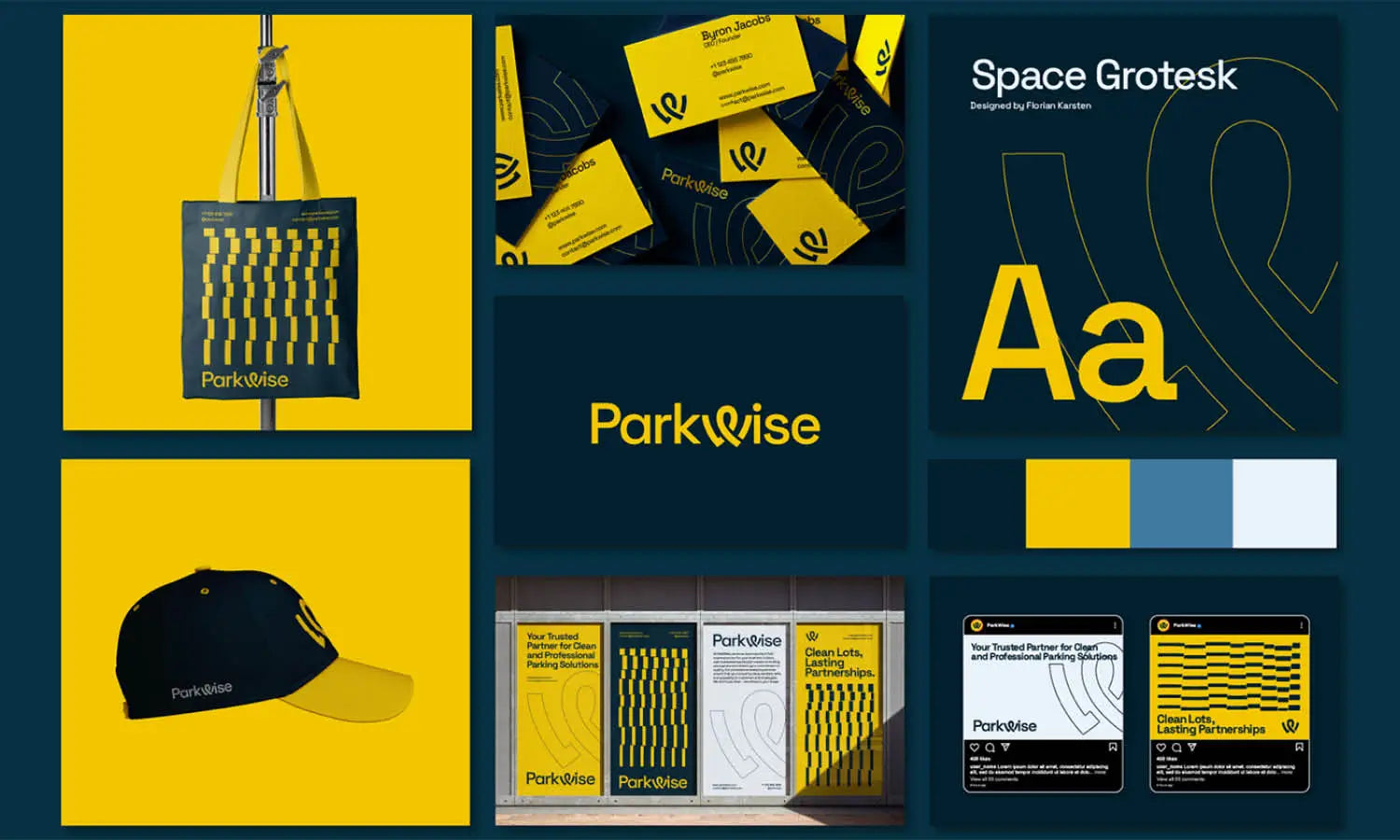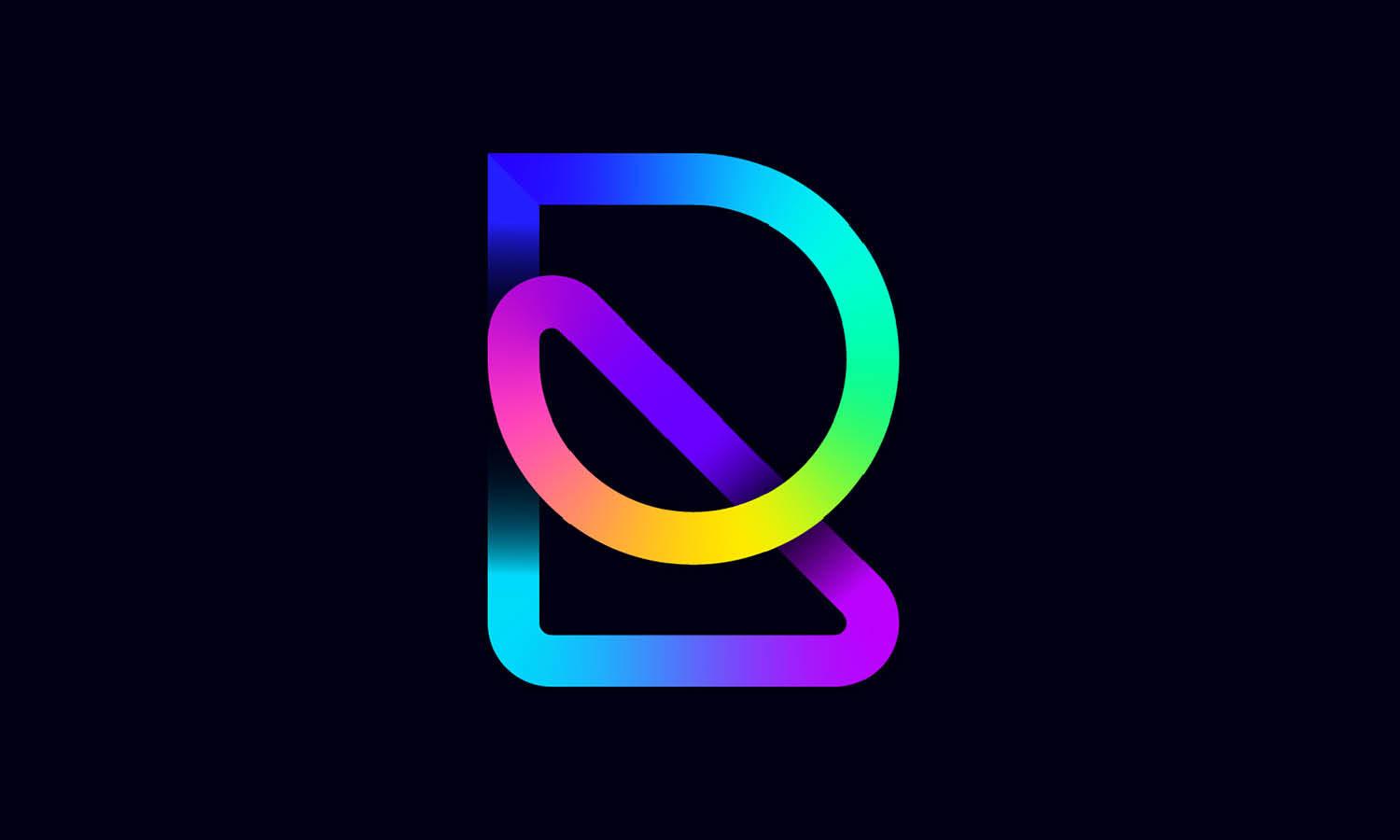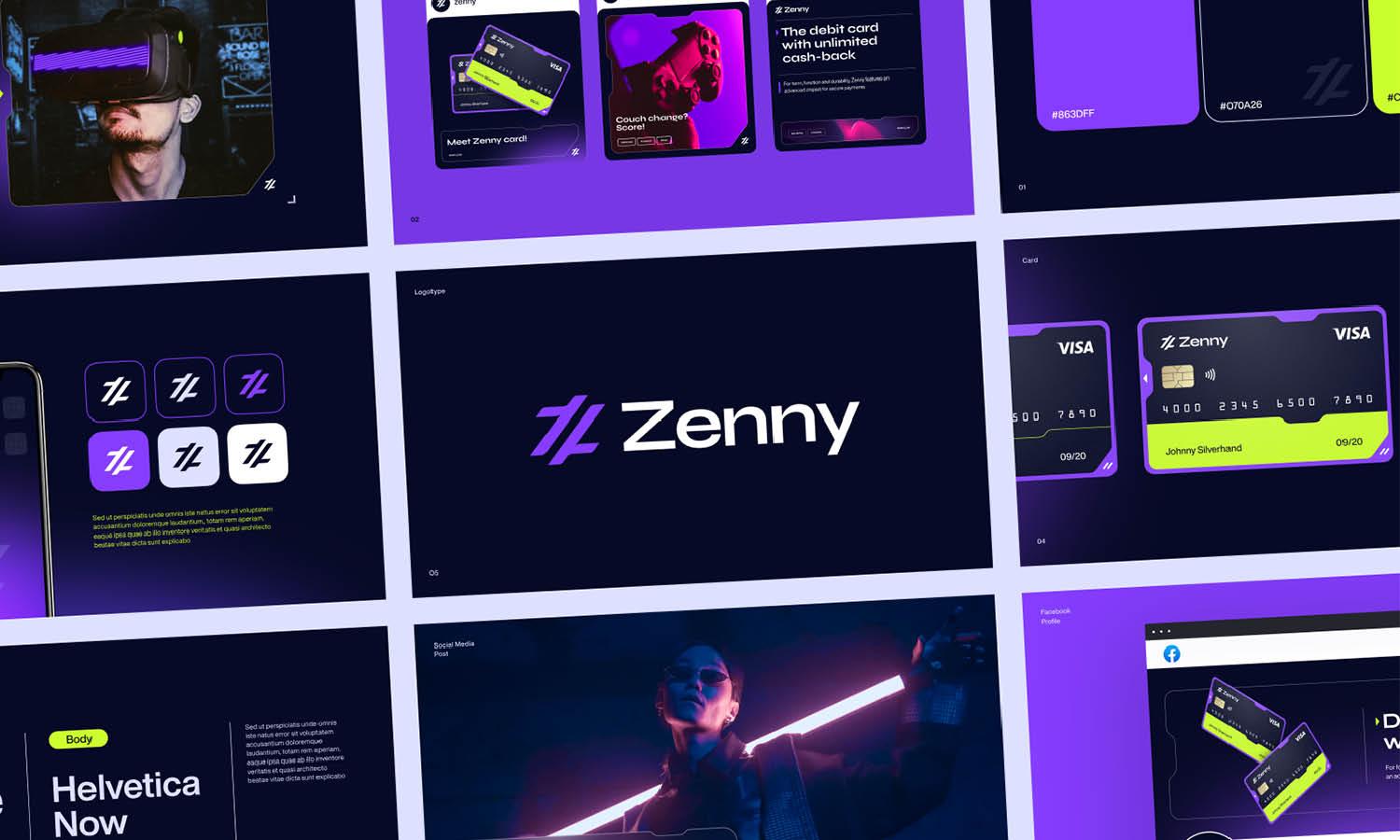The Return on Investment (ROI) of Quality Logo Design

In the competitive business landscape, the importance of a well-crafted logo cannot be overstated. A logo is not just a visual identifier; it is a critical tool for communicating the essence of a brand and establishing a connection with the target audience. Investing in quality logo design can yield significant returns, impacting everything from brand perception to customer loyalty.
This article explores the multifaceted return on investment (ROI) that businesses can achieve through the strategic development of a logo that resonates quality and professionalism. By delving into the tangible and intangible benefits of investing in high-quality logo design, we will uncover how this initial expenditure can lead to lasting commercial advantages.
Whether you are launching a new brand or considering a rebrand, understanding the ROI of quality logo design is crucial for making informed decisions that drive business success. Join us as we break down the key elements that contribute to the effectiveness of a logo and how they align with broader business objectives.
Establishes Brand Identity
A quality logo is a cornerstone in building a strong brand identity, pivotal in increasing the return on investment for businesses across industries. It acts as the visual embodiment of a company's values, mission, and professionalism. A thoughtfully designed logo fosters instant recognition, making it easier for customers to remember and differentiate your brand from competitors. It’s not just a mark; it’s a statement of quality that resonates with consumers, influencing their perception and decision-making processes. This connection is crucial as it translates into customer trust and long-term loyalty, which are invaluable assets for any business.
Investing in professional logo design ensures that your brand identity is communicated effectively. A logo's design elements—color, form, and typography—work synergistically to evoke emotions and convey the brand’s overarching narrative. This strategic alignment enhances brand recall and reinforces your market position, driving consistent engagement. By prioritizing quality in logo design, businesses cement a foundational piece of their branding strategy that pays dividends in visibility, recognition, and competitive edge, thereby maximizing their return on investment in marketing efforts.
Differentiates Your Business
In today’s saturated market, standing out is more crucial than ever. A high-quality logo serves as a differentiator, distinguishing your business from the multitude and signaling a mark of innovation and quality. Investing in a distinctive logo design not only enhances the visual appeal but also communicates to potential customers that your brand is professional and trustworthy. This differentiation strategy directly contributes to a higher return on investment as it attracts more customers and secures a favorable position in the consumer's mind.
A well-designed logo reflects the unique aspects of your business, embodying its unique selling propositions in a simple yet compelling format. Whether it’s through unique color schemes, innovative design motifs, or memorable typography, every element of a quality logo is crafted to capture attention and make an impact. This not only aids in attracting first-time customers but also plays a critical role in ensuring they remember your brand for future engagements.
Enhances Customer Recognition
Investing in quality logo design significantly enhances customer recognition, a key factor in the return on investment for businesses. A memorable logo becomes synonymous with the brand itself, making it easier for customers to identify the company among a sea of competitors. Effective logo design utilizes distinctive elements that resonate with the target audience, fostering familiarity and recall every time the logo is encountered.
The power of customer recognition lies in the psychological impact a well-designed logo has. It uses visual cues that trigger emotional responses, which are crucial for spontaneous brand recall. This connection is vital for businesses operating in crowded markets where visual differentiation can determine consumer preference and loyalty. By ensuring a logo is recognizable, companies not only increase their visibility but also enhance the efficacy of their marketing campaigns.
Each exposure to the logo reinforces brand awareness, reducing the time and resources spent on repetitive marketing efforts. Moreover, a logo that captures the essence of the business philosophy and appeals to its clientele contributes to a stronger brand presence both online and offline. Therefore, prioritizing high-quality logo design is not just about aesthetics but about strategically boosting brand recognition, which in turn maximizes ROI from branding investments.

Builds Credibility and Trust
The return on investment in logo design is profoundly influenced by its impact on a brand's credibility and trustworthiness. A professionally designed logo communicates to customers that a business is serious and reliable. This perception of professionalism is crucial for gaining the trust of your audience, which can be decisive in their purchase decisions. Quality logo design not only reflects the business's commitment to excellence but also establishes a sense of stability and competence that customers seek.
Trust, once established, fosters customer loyalty, influencing repeat business and positive word-of-mouth referrals—both of which are invaluable to long-term business success. A strong logo serves as a guarantee of quality, assuring customers that the products or services they purchase will meet their expectations. This assurance is vital in competitive markets where consumers have ample choices.
Moreover, a credible logo can enhance the perceived value of your products or services, allowing businesses to command a premium price. This not only improves profit margins but also elevates the brand’s position in the market.
Supports Marketing and Advertising
A quality logo is a fundamental component that supports marketing and advertising efforts, significantly enhancing the return on investment for businesses. As the visual front of the brand, a well-designed logo ensures that all marketing materials have a cohesive and professional look. This consistency is crucial as it helps establish brand identity across various platforms, whether it's on digital ads, social media, print materials, or packaging.
A logo acts as the anchor for the brand's visual marketing, ensuring that each piece of advertisement is instantly recognizable as part of the larger brand ecosystem. This recognition builds a seamless experience for customers, which is essential for effective brand marketing. Moreover, a distinctive logo can make advertising campaigns more impactful by providing a visual shorthand for the company's values and services, making it easier for customers to remember and choose the brand over competitors.
By integrating a well-crafted logo into all marketing initiatives, businesses ensure that their branding resonates with the audience, making every marketing dollar work harder. Thus, a strategically designed logo not only elevates the aesthetic appeal but also fortifies marketing efforts, driving a higher ROI.
Improves Emotional Connection
Investing in quality logo design can profoundly impact the emotional connection a brand fosters with its customers, significantly boosting the return on investment. A well-designed logo serves as more than just a corporate identifier; it embodies the brand's ethos and values, resonating with the audience on a deeper level. This emotional engagement is crucial as it influences consumer behavior and brand loyalty.
A logo has the power to evoke specific feelings and associations through its color, shape, and typography. For instance, rounded shapes can convey a sense of friendliness and approachability, while strong, bold lines might project strength and reliability. These elements are meticulously crafted to align with the brand's narrative, ensuring that the logo not only captures attention but also speaks directly to the emotional psyche of the target audience.
This emotional bond is key to customer retention and advocacy. When customers feel a strong connection to a brand, they are more likely to return and recommend it to others, amplifying the brand's reach and impact. Additionally, an emotionally compelling logo can enhance customer satisfaction by reinforcing their identity and belonging to a brand they feel proud to support.
Therefore, the strategic investment in a logo that emotionally engages the audience translates into tangible returns through increased loyalty and a broader customer base, underscoring the critical role of quality logo design in achieving substantial ROI.
Increases Perceived Value
Investing in quality logo design is not merely about crafting a visual identity; it's about enhancing the perceived value of your brand. A well-designed logo communicates professionalism, quality, and stability, attributes that can significantly influence consumer decision-making. The return on investment from logo design manifests as customers are often willing to pay a premium for products or services that are perceived as high-quality, which is directly influenced by a brand's visual presentation.
A quality logo serves as an assurance to potential customers that the brand stands for excellence and reliability. This enhanced perception builds a stronger, more positive image of the brand, which translates to increased customer confidence. When consumers trust a brand, they are more likely to make purchases, recommend the products or services to others, and become repeat customers.
In summary, the return on investment from quality logo design is substantial as it boosts the perceived value of the brand. This perception is crucial in a competitive market where consumers are inundated with choices and often make decisions based on brand reputation and visual appeal.
Boosts Online Engagement
A quality logo design is pivotal in enhancing online engagement, a key component in today’s digital marketplace. A visually appealing and memorable logo can increase brand visibility and interaction on various digital platforms, significantly impacting the return on investment. In the realm of social media, websites, and digital advertising, a logo often serves as the first point of engagement for potential customers.
An effective logo captures the essence of a brand in a way that is optimized for online consumption—clear, distinctive, and scalable for different formats and devices. It helps create a cohesive look across all online touchpoints, which is crucial for building a strong digital presence. As users navigate through countless digital channels, a consistent and professional logo helps ensure your brand is easily recognizable, encouraging engagement and recall.
For instance, consider a business that recently underwent a logo redesign. Post-redesign, they notice a 20% increase in sales and a 10% uptick in website traffic. These tangible metrics can be directly attributed to the logo's effectiveness in resonating with the target audience. Concurrently, if brand surveys conducted by a market research company indicate heightened recognition and customer trust, these intangible metrics also underscore the logo's success, albeit in a non-quantitative manner.

Facilitates Business Growth
Investing in quality logo design is instrumental in facilitating business growth, yielding a substantial return on investment. A professionally designed logo acts as a foundational element in building brand equity. It not only establishes a strong identity but also communicates the business's professional ethos and commitment to quality, which are essential for attracting new customers and entering new markets.
A quality logo is versatile, making it suitable for use across various marketing materials, from business cards to billboards and digital ads. This versatility ensures that the brand is consistently represented everywhere it appears, which is vital for maintaining brand integrity as the business scales. As companies expand into new geographical areas or product lines, a strong logo helps maintain continuity and recognition, reducing the need for costly rebranding.
In essence, a quality logo not only supports but actively promotes business growth by enhancing visibility, supporting marketing efforts, and fostering professional relationships. It lays a visual foundation that can adapt and evolve with the business, proving its value over time with continuous returns on the initial investment.
Delivers Long-Term Returns
The return on investment from quality logo design is not just immediate but extends long-term, making it a prudent investment for any business. A well-designed logo transcends short-term trends, embodying the timeless qualities of the brand it represents. This longevity means that the logo remains effective over many years, often outlasting the cycle of other marketing investments that may require frequent updates and revisions.
A timeless logo reduces the need for costly redesigns and rebranding initiatives. As the brand evolves, a well-constructed logo can often adapt through minor updates rather than complete overhauls, maintaining brand continuity and recognition. This continuity is crucial for sustaining customer trust and loyalty, as consistent branding helps solidify the consumer’s perception of the brand's reliability and quality.
Moreover, the enduring nature of a quality logo means that the investment is amortized over a longer period, enhancing the return on investment. The costs associated with the design process are offset by the years of service the logo provides, during which it continues to support brand recognition, market position, and promotional activities.
Investing in a quality logo design delivers long-term returns by ensuring brand consistency, reducing future marketing costs, and supporting sustained brand loyalty. This enduring value highlights the logo not just as a marketing tool but as a critical business asset that contributes to the overall financial health of the company.
Conclusion
Investing in quality logo design is crucial for maximizing return on investment. A well-designed logo not only enhances brand recognition and credibility but also supports business growth and differentiation in the market. It provides a visual foundation that helps businesses communicate their value proposition effectively and consistently across various platforms. By investing in a quality logo, companies make a strategic move that pays dividends in customer loyalty, market presence, and overall brand equity. Thus, the return on investment in quality logo design is not merely aesthetic but a fundamental element of business success.
Let Us Know What You Think!
Every information you read here are written and curated by Kreafolk's team, carefully pieced together with our creative community in mind. Did you enjoy our contents? Leave a comment below and share your thoughts. Cheers to more creative articles and inspirations!
















Leave a Comment